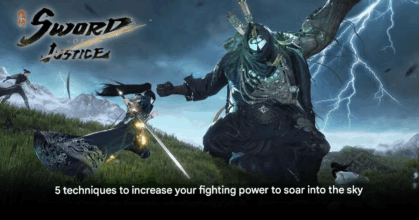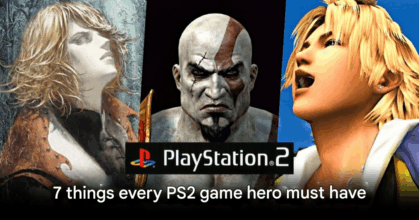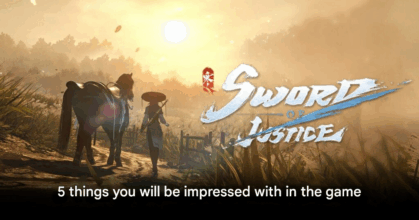Inside Junji Ito Maniac: An Infinite Gaol – Developer Exclusive Interview
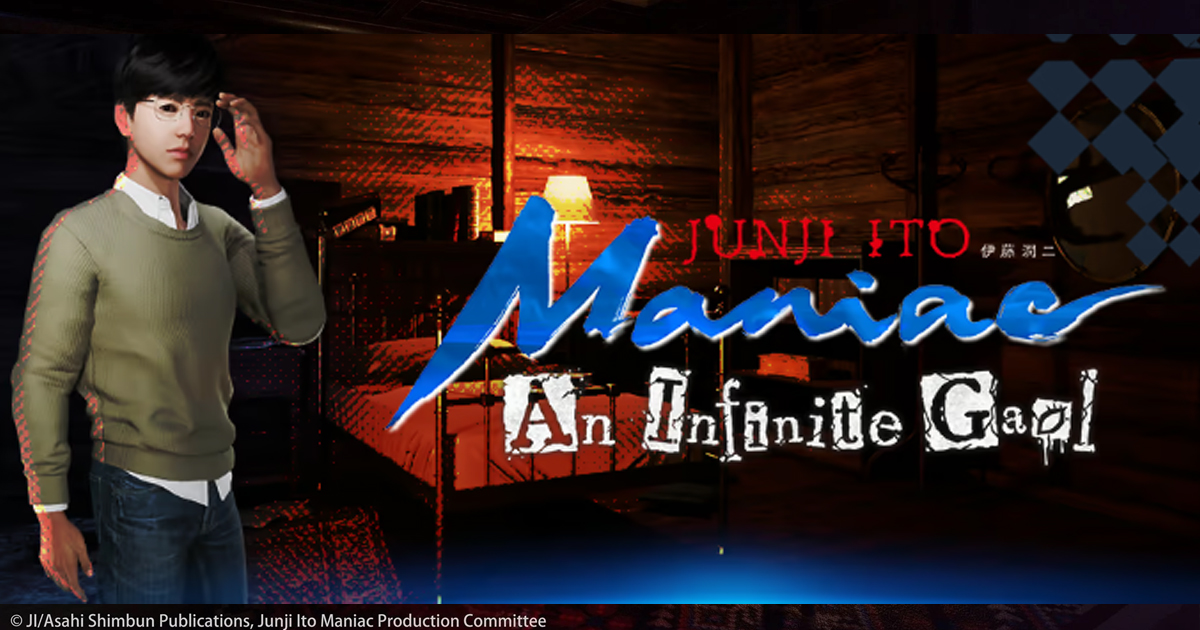
Junji Ito Maniac: An Infinite Gaol brings the chilling world of Junji Ito to life in an interactive horror experience. We sat down with producer Bing-Yu Wu, also known as Old Wu, to explore how the team captured Ito’s signature psychological dread, translated it into gameplay, and balanced terror with player engagement in this highly anticipated title.
Developers/Publisher Interview: Junji Ito Maniac: An Infinite Gaol Inside the Madness
- To start off, could you introduce yourself and share your role in bringing Junji Ito Maniac: An Infinite Gaol to life?
Hello, my name is Bing-Yu Wu, but everyone calls me Old Wu. I’ve been in the game industry for over ten years, mainly working in art and video production. For Junji Ito Maniac: An Infinite Gaol, I serve as the producer.
- What inspired the team to adapt Junji Ito’s haunting universe into an interactive game experience?
The collaboration for Junji Ito Maniac began when we learned we had the opportunity to work with Muse Communication and Junji Ito’s team on a licensed project. We immediately realized that “Junji Ito-style horror” has an incredibly strong global identity, yet there had never been a truly interactive experience that allows players to personally feel that horror.
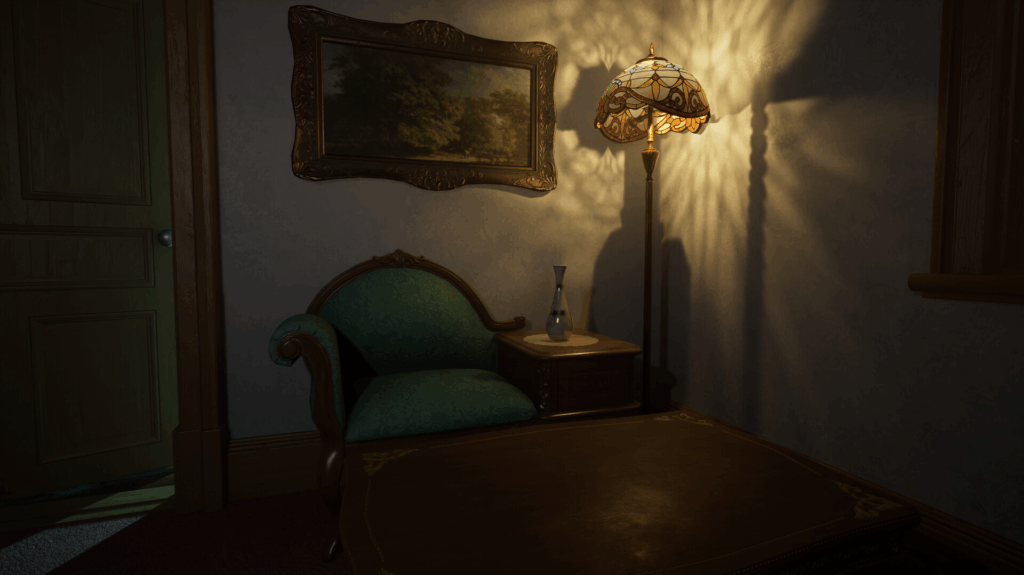
- Junji Ito’s works are known for their psychological dread. How did you capture that same sense of unease through gameplay and design?
Our licensed content focuses on the Junji Ito Maniac anime, so we approached it from a player and reader perspective—analyzing which monsters are suitable for direct interaction and which work better for atmospheric buildup.
For instance, the “Headless Statues” were perfect for gameplay. In the anime, they hunt humans, decapitate them, and use their heads as their own—or disguise themselves to lure victims for other statues. Translating that into a 3D game, we wanted players to feel the tension of being hunted by these terrifying entities.
- The game’s concept of shattered memories and a broken phone feels intriguing. How do these elements drive the player’s journey and narrative?
Throughout the game, scattered documents reflect Youta’s memories, offering insights into his past. The phone messages are even more crucial—they reveal that Youta came to this place to conduct a paranormal investigation, accompanied by a partner named Komi, who connects directly to our key character, Tomie. We hope players will uncover every ending to piece together the full truth.
- Horror relies heavily on atmosphere. How did your team approach the visual and sound design to deliver true Junji Ito-style terror?
When adapting Junji Ito’s distinctive art style, we struggled for a long time between faithful recreation and creative innovation. In the end, we focused on player experience—how it feels to face Ito’s bizarre phenomena firsthand. Unlike reading manga or watching anime, players must act, think, and escape on their own.
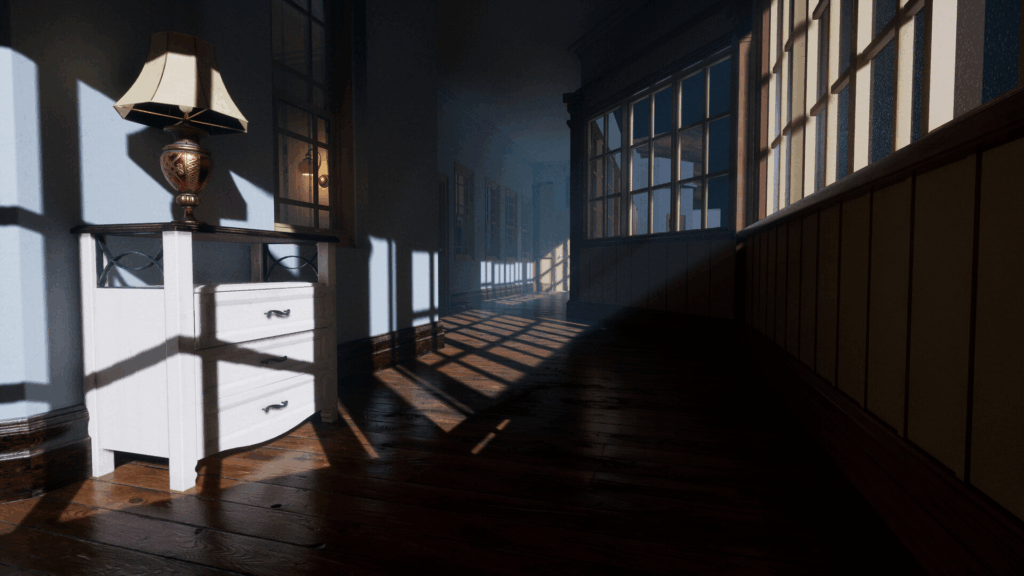
To fully capture Ito’s twisted and alluring aesthetic, we believed the Japanese language was essential. The layered, deranged voices convey psychological madness in a way that can’t be replicated. We were honored to work with Rie Suegara, the original voice actress for Tomie in the anime. Her performance adds a mesmerizing, almost intoxicating charm to Tomie. When we first heard her lines in the studio, the chills we felt were unforgettable.
- Balancing fear and gameplay can be tricky. How did you ensure the tension stays high without overwhelming players?
We actually track how often players die in the game. Different levels have varying death ratios. Our goal is to maintain fear and immersion without making players numb to dying—too many deaths, and the horror turns into comedy. So we fine-tune the balance to keep the tension alive.
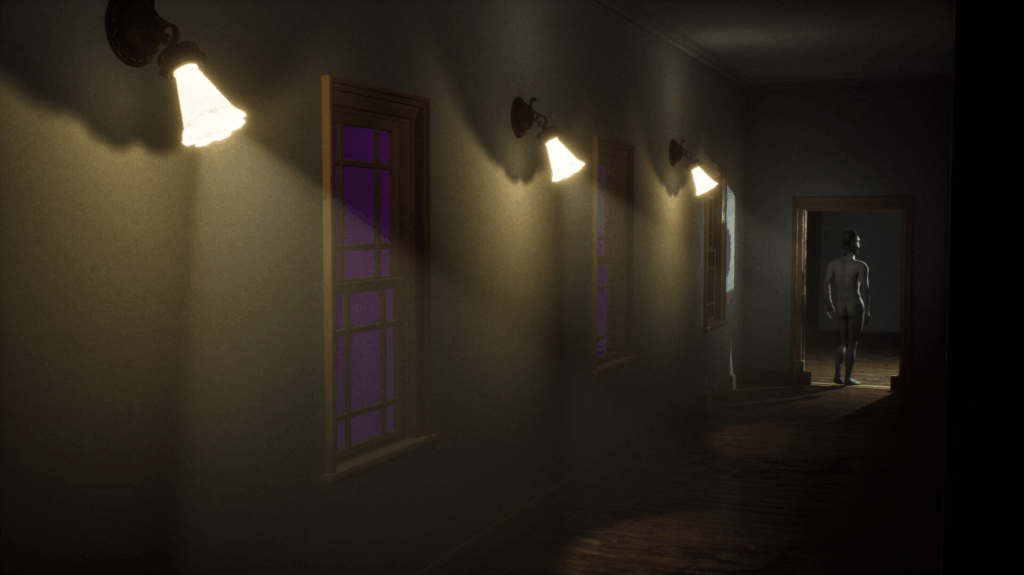
As the story unfolds, we gradually build up the atmosphere to heighten players’ anxiety. When the real terror strikes, players instinctively start searching for a safe place—or even ways to fight back. Most players want to fight, but we carefully manage that desire because the essence of Junji Ito’s world is still fear.
The best way to balance these elements is through playtesting. We sit beside players as they play, observing their physical reactions—their bodies never lie. We record their behavior, discuss it in design meetings, then adjust the next build before testing again.
- Were there any major challenges or memorable moments during development that stood out to the team?
There’s one stage where enemies are hard to see, but their pursuit is constant. It keeps players tense at all times—an experience we’re really excited for players to feel.
- With the Steam Next Fest demo now live, what kind of feedback are you most eager to hear from players?
For Junji Ito fans, we hope they can truly experience the eerie atmosphere of his world and share their impressions of that encounter. The demo version has a lower difficulty, designed to introduce the unsettling mansion and its mood. But as supernatural phenomena begin to close in, the challenge will increase—so players should be ready.
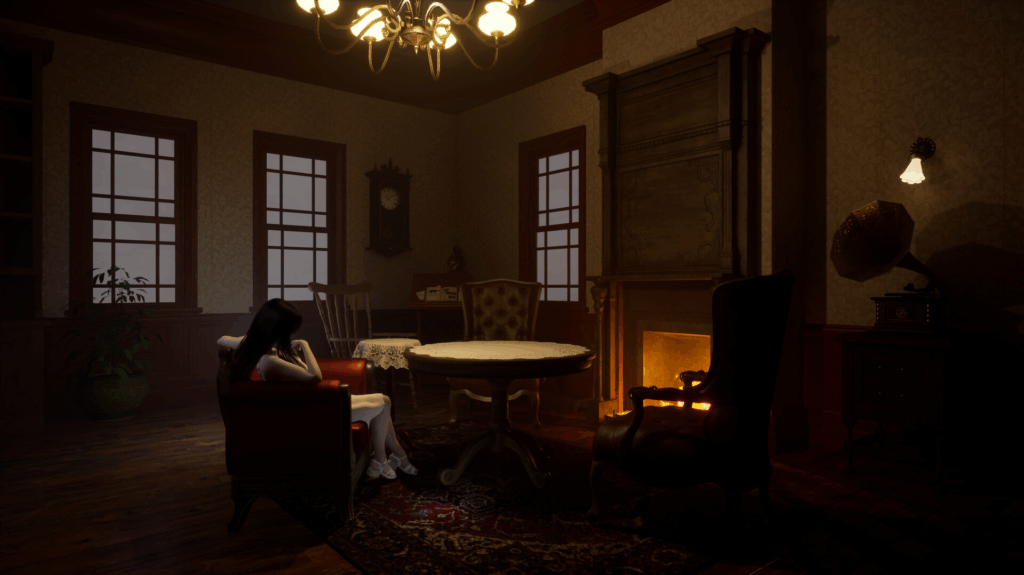
Seeing players recognize and get excited about characters from Ito’s stories is a huge encouragement to our team. We’ve spent countless hours building this world so players can fully immerse themselves in it. Some players were eager to finish every puzzle—even in the demo—which surprised but also moved us. The full version will, of course, let everyone uncover all mysteries completely.
As for using AI tools, we want to be honest: AI helped us reduce production time and costs while maintaining quality. This allows us to deliver a better experience to players and sustain our development capacity—a win-win for both developers and players. In today’s crowded gaming market, only high-quality titles will truly stand out.
- When players reach the end of Infinite Gaol, what emotions or thoughts do you hope linger with them?
We hope players will feel fulfilled at the end of this journey and discover all three endings, each an extension of Junji Ito’s universe. We look forward to seeing how players interpret them and devise their own strategies to survive.
- Finally, what’s next for the team as you move closer to the game’s full release? Any surprises fans should look forward to?
We’re also discussing future directions, so please stay tuned.
And don’t forget—there are Easter eggs hidden throughout the game. Find them all, uncover every ending, and the full truth will be revealed!
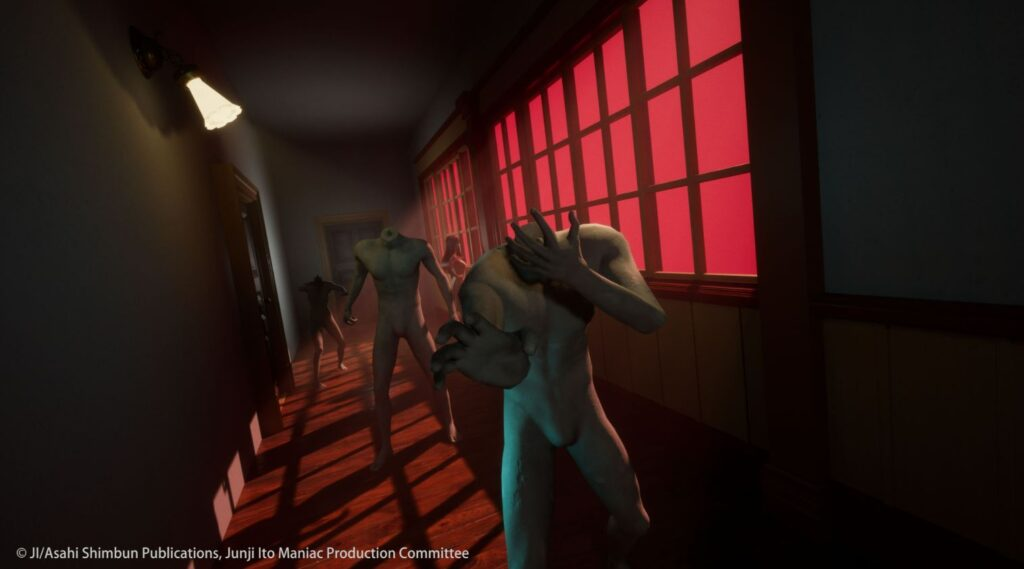
With the Steam Next Fest demo now available, players can immerse themselves in the eerie, twisted mansion and begin uncovering the mysteries of Infinite Gaol. The team hopes every player experiences the tension, discovers all three endings, and fully engages with Junji Ito’s unforgettable universe, with surprises and hidden Easter eggs awaiting the full release.



